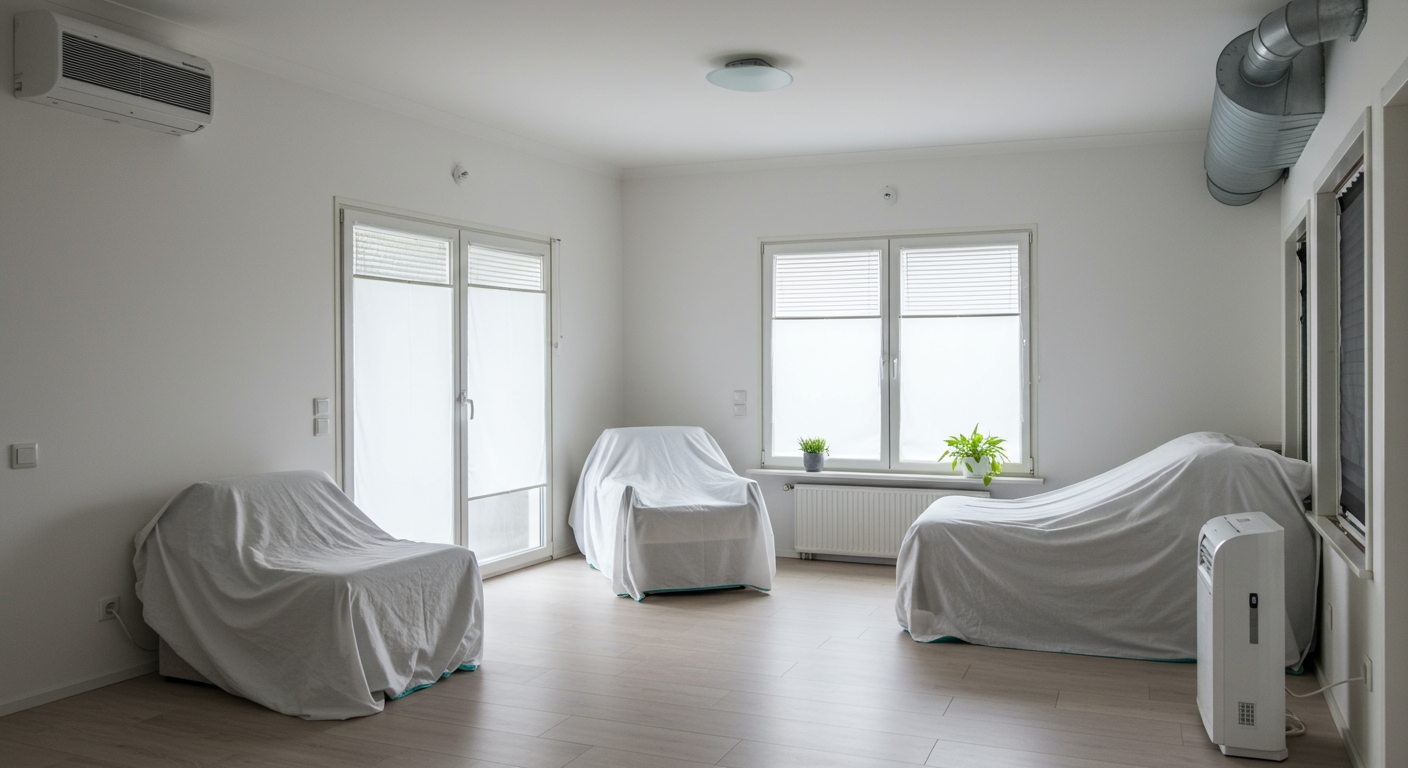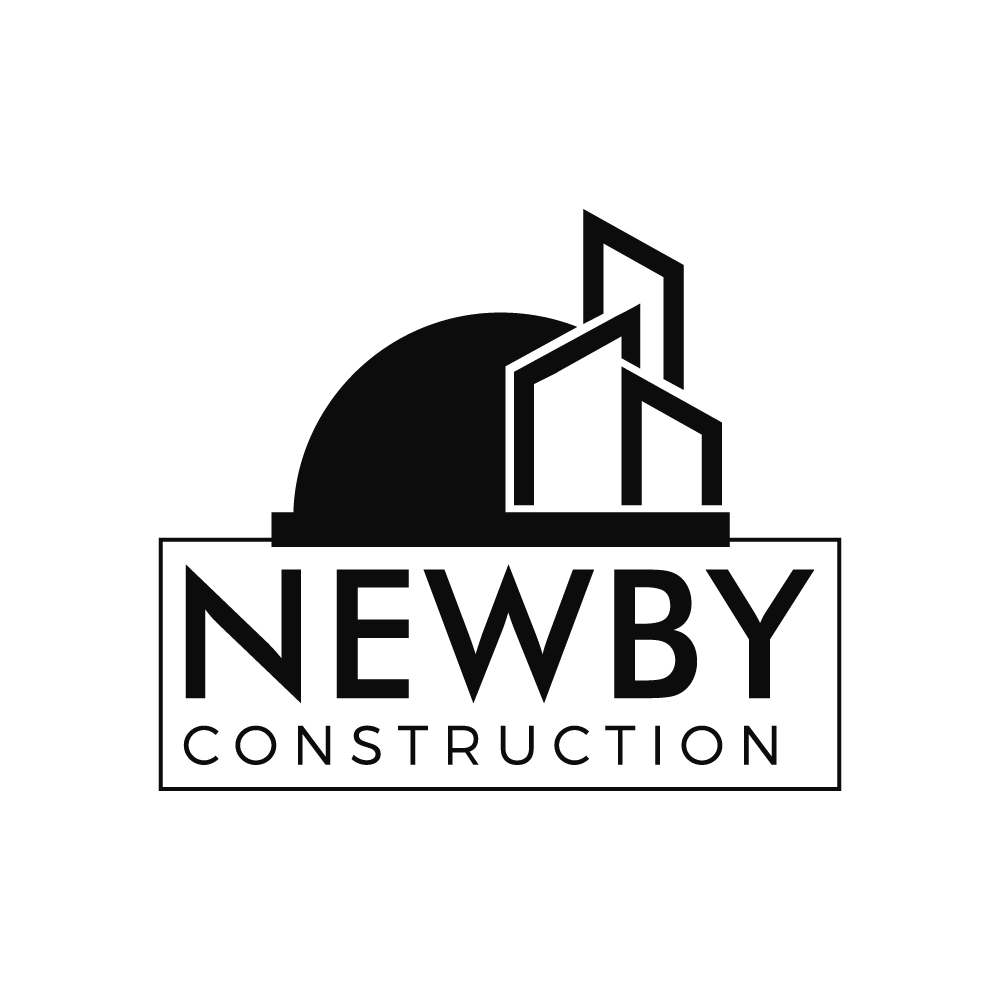
A major home remodel can transform the way you live—but there’s no sugarcoating it: the middle can get messy. A little planning up front goes a long way. With clear communication, smart staging, and a few sanity savers, you’ll protect your home, keep life moving, and make the process far less stressful.
1) Align on Scope and Access
Before work starts, confirm what’s being touched, where crews will enter, and where materials will live. Decide which doors, hallways, and rooms are “construction only,” and how debris will leave the house. Clarity here reduces surprises and protects the parts of your home that aren’t under construction.
2) Set a Communication Rhythm
Agree on a single point of contact, how you’ll communicate (text, email, app), and how often you’ll get updates. A quick end‑of‑day summary—what happened, what’s next, questions for you—keeps the home remodel moving without constant check‑ins.
3) Declutter and Pack with Purpose

Treat the remodel like a temporary move. Empty cabinets, closets, and shelves in affected rooms; remove art, lamps, and anything sentimental. Label bins by room and “open first.” Keep a small tote for must‑have daily items so you’re not digging for basics.
Essentials to keep handy: toiletries, a few towels, meds, chargers, paper goods, cleaning wipes, pet supplies.
4) Create Temporary Living Zones
If the kitchen or a bathroom is offline, set up a simple backup. A folding table with a microwave, hot plate, and mini‑fridge carries you through a kitchen overhaul; a caddy with daily toiletries simplifies bathroom routines. The goal is “good enough,” not perfect—just enough to ease the daily grind.
5) Protect the Rest of the House

Construction dust travels. Ask for plastic barriers with zipper doors, floor protection on traffic paths, and covered vents in work areas. During heavy sanding or cutting, keep the HVAC off in the zone and change filters more frequently. A little prevention keeps cleanup from spiraling.
6) Plan Utilities and Safety
Know where shut‑offs for water, gas, and power are located, and clarify when they’ll be used. Point out any quirky breakers or old valves. Ensure pathways are clear of tripping hazards and that smoke/CO detectors remain active outside work zones. Safety keeps schedules—and people—intact.
7) Make a Plan for Pets and Kids
Curious feet wander. Designate a pet‑safe room or arrange day care/boarding on high‑disruption days. Walk kids through “construction boundaries” and why they matter. A posted reminder at the work‑zone door helps everyone remember the rules.
8) Stage Deliveries, Parking, and Pathways
Choose a staging spot for materials that’s dry, close, and out of living areas. Clear a consistent path from driveway to work zone—protect floors, corners, and doorways. If parking is tight, coordinate with your contractor so neighbors aren’t surprised.
9) Safeguard Valuables and Data
Store jewelry, documents, heirlooms, and small electronics in a safe or off‑site. Remove wall art and fragile decor—even in nearby rooms. This isn’t about trust; it’s about common‑sense protection in a busy, high‑traffic environment.
10) Reduce Noise and Stress Where You Can
There will be noise. Noise‑canceling headphones, a white‑noise machine, or scheduling errands during peak hammer‑time can help. Set simple household “quiet hours” with your contractor when possible. Small comforts—fresh coffee, a tidy corner—do wonders.
11) Room‑Specific Prep (Kitchen & Bath)
Kitchen: Empty cabinets and pantry, clear counters and open shelving, and unplug movable appliances. A labeled bin for “daily cooking” (knife, cutting board, oil, spices) plus disposable plates makes life easier. If appliances move, snap photos of back panels and connections for reference.
Bath: Empty vanities and medicine cabinets, remove shower storage and mats, and pack a “grab‑and‑go” kit with toiletries and towels. If this is your only bath, confirm the schedule for keeping a toilet operational or arrange an alternative.
12) Get Your Mind Right
Expect dust, schedule tweaks, and the occasional surprise inside a wall. A calm, flexible mindset—and a contractor who communicates—are your best tools. Focus on progress, not perfection-in‑process. The finish line is worth it.
Quick Checklist (Print and Post)
Confirm scope, access points, and staging area
Set communication method and update cadence
Declutter, pack essentials, label everything
Set up temporary kitchen/bath as needed
Install dust barriers and floor protection
Identify utility shut‑offs and safety steps
Arrange pet/child plan and neighbor courtesy
Secure valuables and remove fragile decor
Conclusion
A successful home remodel isn’t just about great design and skilled labor—it’s about preparation. Clear expectations, protected spaces, and thoughtful temporary setups keep daily life rolling while the magic happens. Do the upfront work, and you’ll feel more in control, less stressed, and far more excited about the beautiful result coming your way.


